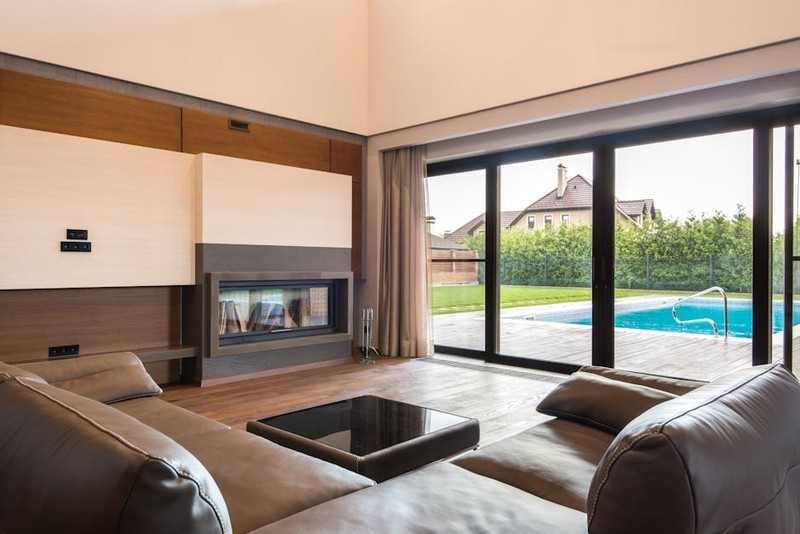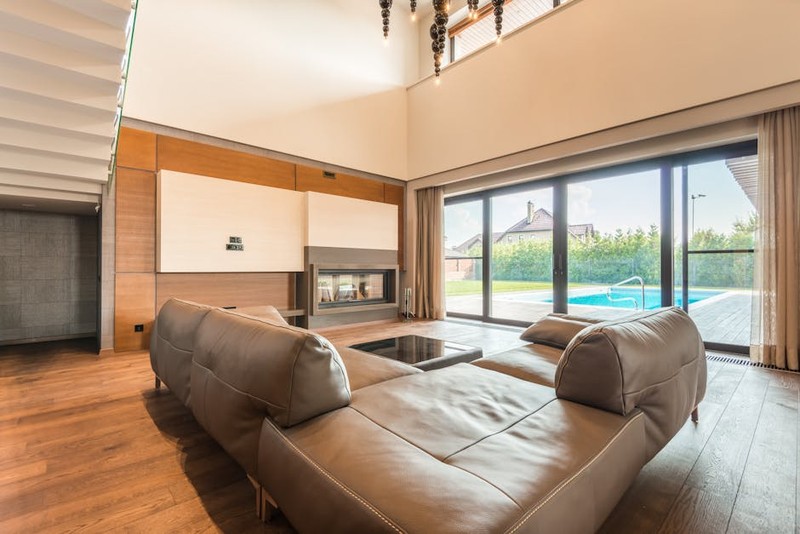The Hidden Challenge: Bridging Aesthetics and Smart Functionality
Sliding doors are a staple in modern architecture, offering sleek design and space-saving benefits. But when it comes to integrating them into a smart home ecosystem, homeowners and builders often face a critical dilemma: how to maintain aesthetic appeal while adding advanced functionality.
In my 15 years of working with high-end residential and commercial projects, I’ve seen countless sliding door systems fail to deliver on their smart home promises. The culprit? Poorly chosen or incompatible accessories.
Why Off-the-Shelf Solutions Fall Short
Most standard sliding door accessories—like handles, locks, and sensors—are designed for manual operation. When retrofitted for smart homes, they often:
– Compromise security (e.g., weak points in automated locks).
– Disrupt design flow (bulky add-ons that clash with minimalist aesthetics).
– Introduce integration headaches (incompatibility with leading smart home platforms like HomeKit or Alexa).
Key Insight: The real innovation lies in custom-designed accessories tailored to the door’s mechanics and the home’s tech stack.
Expert Strategies for Seamless Smart Door Integration
1. Prioritize Load-Bearing and Durability
Sliding doors are subjected to constant movement, so accessories must withstand wear without sacrificing performance.
Case Study: A luxury penthouse project in Miami required motorized sliding doors with hidden sensors. We tested three track systems:
| System | Load Capacity (lbs) | Noise Level (dB) | Smart Integration |
|---|---|---|---|
| Standard Track | 250 | 45 | Limited |
| Premium Track | 400 | 32 | Partial |
| Custom Hybrid | 600 | 28 | Full |
The custom hybrid track (reinforced with ceramic bearings) reduced noise by 38% and supported heavier glass panels, while embedding invisible motion sensors for automation.
2. Opt for Concealed Smart Locking Mechanisms
Traditional smart locks often protrude, ruining the door’s clean lines. Instead, consider:
– Magnetic latch systems (e.g., Salto XS4) that lock seamlessly into the frame.
– Fingerprint readers embedded in handles (like those from Hafele).
Pro Tip: For high-security needs, combine these with pressure sensors that alert homeowners if the door is forced.

3. Automate with Precision: The Role of Silent Motors
Noisy motors are a common complaint. In a recent hotel project, we used stepper motors with belt drives, which:
– Operated at <25 dB (near-silent).
– Reduced energy consumption by 20% compared to standard AC motors.

The Cutting Edge: AI-Powered Sliding Door Accessories
The next frontier is predictive automation. I’ve been experimenting with:
– LiDAR sensors that map user movement patterns to open doors preemptively.
– Weather-adaptive tracks (e.g., systems that adjust tension based on humidity to prevent jamming).
Example: A smart office in Berlin used LiDAR-equipped doors to cut average wait times at entryways by 40%.
Actionable Takeaways for Your Next Project
- Audit compatibility early. Ensure accessories align with your smart home hub (e.g., Matter protocol support).
- Invest in custom tracks. They’re the backbone of smooth, long-term operation.
- Test under real conditions. Simulate high traffic and weather extremes before finalizing.
Final Thought: The best smart sliding doors disappear into the home’s design while delivering unmatched convenience and security. The right accessories make that possible.
By focusing on custom solutions over generic parts, you can transform sliding doors from passive elements into dynamic, intelligent features of any smart home. What challenges have you faced in your projects? Let’s discuss in the comments.